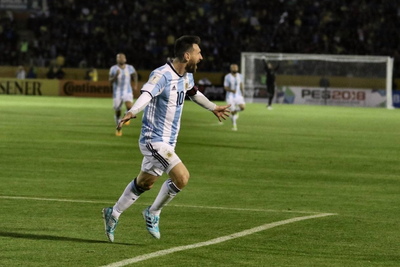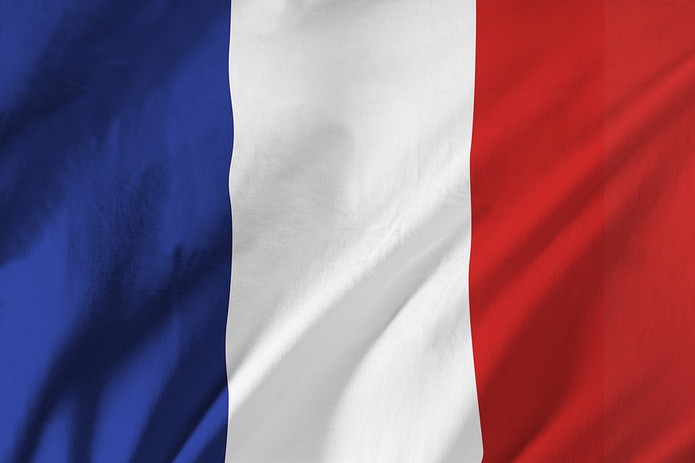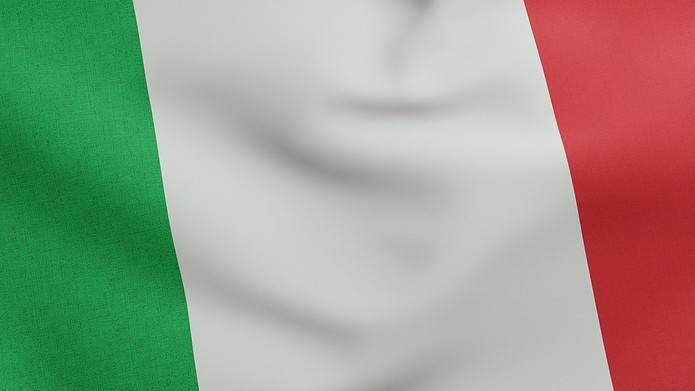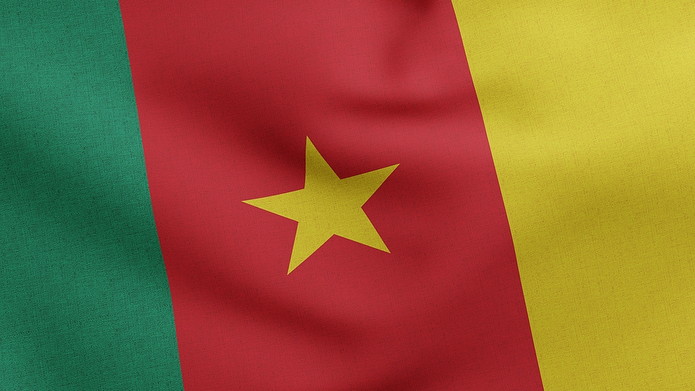 Even amateur sportspeople on the local park have a hard time acknowledging when it’s time to call to call it a day.
Even amateur sportspeople on the local park have a hard time acknowledging when it’s time to call to call it a day.
But sometimes our bodies leave us with no choice but to retire from our favourite sports….while, for some, ‘political’ factors take the fun out of competing altogether.
For Ada Hegerberg, a Ballon d’Or winner as far away from being a park footballer as is possible, a five-year hiatus from the international game will come to an end when she returns for Norway in a pair of World Cup qualifiers against Poland and Kosovo.
She retired from international football at the age of 22 over what she perceived to be a lack of respect for female players in her native Norway, and so staunch was her stance on the inequality between men’s and women’s football she was ready to walk away from representing her country.
But then Lise Klaveness, a former international herself, was appointed president of the Norwegian Football Federation – and she has immediately started to challenge the status quo. At one FIFA congress meeting, she stood in front of a room of 250+ almost exclusively male delegates and told them they need to do more to create equality in the global game.
Suitably impressed, Hegerberg has been persuaded to come out of her international hiatus at the age of 27.
🇳🇴 Heia Norge. #longtimenosee pic.twitter.com/TWZ05JQ3JZ
— Ada S Hegerberg (@AdaStolsmo) March 24, 2022
Plenty of players have come out of international retirement to re-appear for their nations, but is it generally a successful move or doomed to failure?
Lionel Messi (Argentina)

The pain of losing in the final of Copa America 2016 – in which he missed a penalty – cut so deep that Lionel Messi instantly retired from duty with Argentina.
“For me, the national team is over,” he said after his side were downed by Chile.
“I’ve done all I can. It hurts not to be a champion.”
It was the fourth final that Messi had lost with Argentina, and came just two years after their heart-breaking loss to Germany in the World Cup final.
The president of Argentina, Mauricio Macri, described Messi as a ‘gift from God’ and begged him to return, a statue of the fleet-footed attacker was unveiled in Buenos Aires and 50,000 people marched in the city’s square to show their support.
Happily for everyone in Argentina, Messi’s heartache from the Copa America soon faded and he would announce his return – to scenes of wild jubilation – in time for his country’s World Cup 2018 qualification campaign.
Zinedine Zidane (France)

After a disappointing Euro 2004 campaign, Zinedine Zidane, Marcel Desailly, Lillian Thuram and the man that redefined the defensive midfield role, Claude Makelele, all announced their retirement from French international duty.
But with Les Bleus struggling in qualifying for the 2006 World Cup, Raymond Domenech sent out an SOS and was able to persuade Zidane, Thuram and Makelele to return….and they helped France to qualify for the finals.
Not only that, they inspired their teammates to the final of the tournament….although Zidane’s infamous headbutt on Marco Materazzi – prior to Italy winning via a penalty shootout – has gone down in international football history.
Andrea Pirlo (Italy)

One of the classiest midfielders to ever lace up his boots, Andrea Pirlo called time on his Italy career after the 2014 World Cup – a career that included a famous triumph in the tournament back in 2006.
But when Antonio Conte was announced as the Italy head coach for the Euro 2016 campaign, Pirlo decided to reverse his decision so that he could rekindle his partnership with his former manager at Juventus.
The midfield metronome made four appearances in the qualification campaign, but then – to the surprise of many in Italy – he was left out of the Euro 2016 squad by Conte….although both insist there were no hard feelings.
Roger Milla (Cameroon)

Known for his cheeky smile and hip-wiggling celebration, the heyday of Roger Milla’s career came at World Cup ’90 – two years after he’d retired from international football.
A legend of African football and a prolific goalscorer in France, Milla announced his retirement from the international game in 1988 – so beloved was he that a carnival was thrown in his honour to mark the occasion.
But when the Cameroonian president, Paul Biya, called the striker up and begged him to play at the World Cup two years later, Milla was in no real position to say no.
And he’ll be glad he didn’t. The frontman netted four goals at the tournament as the underdogs smashed their way to the quarter finals – becoming the first African side to reach the last eight of the competition.
So hard in love with international football did Milla fall that he even stuck around for the 1994 tournament as well – notching against Russia to become the oldest goalscorer in World Cup history at the sprightly age of 42.